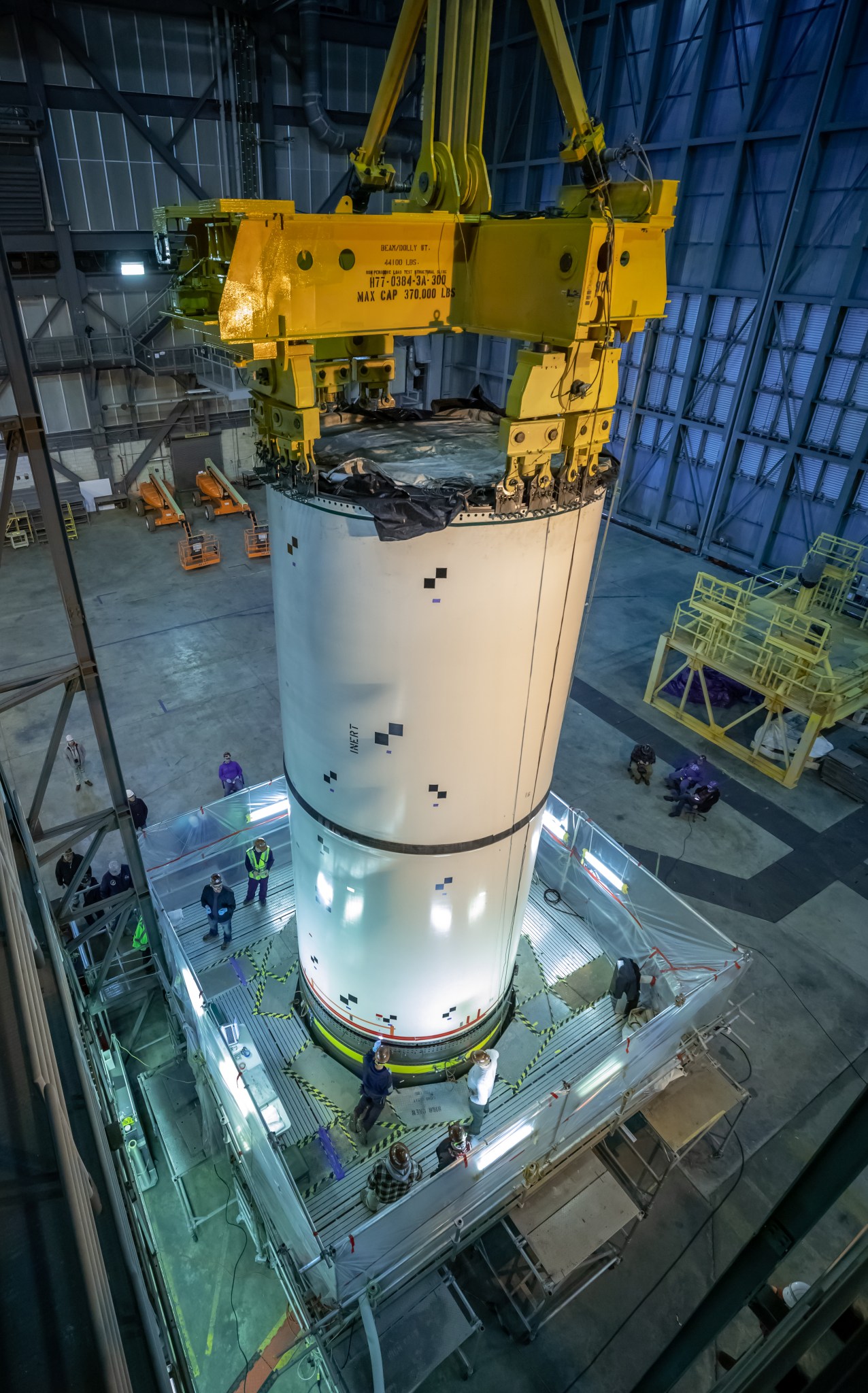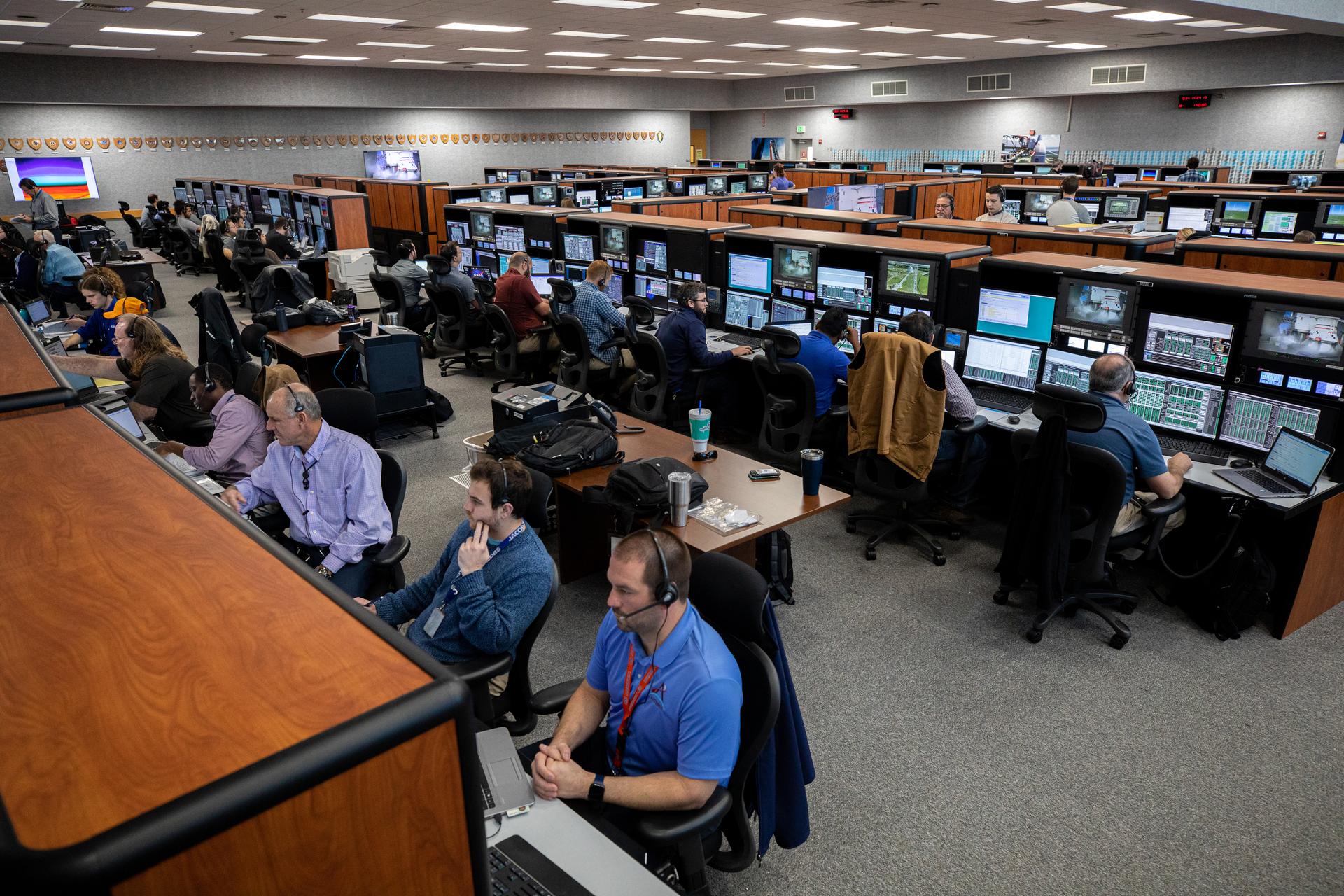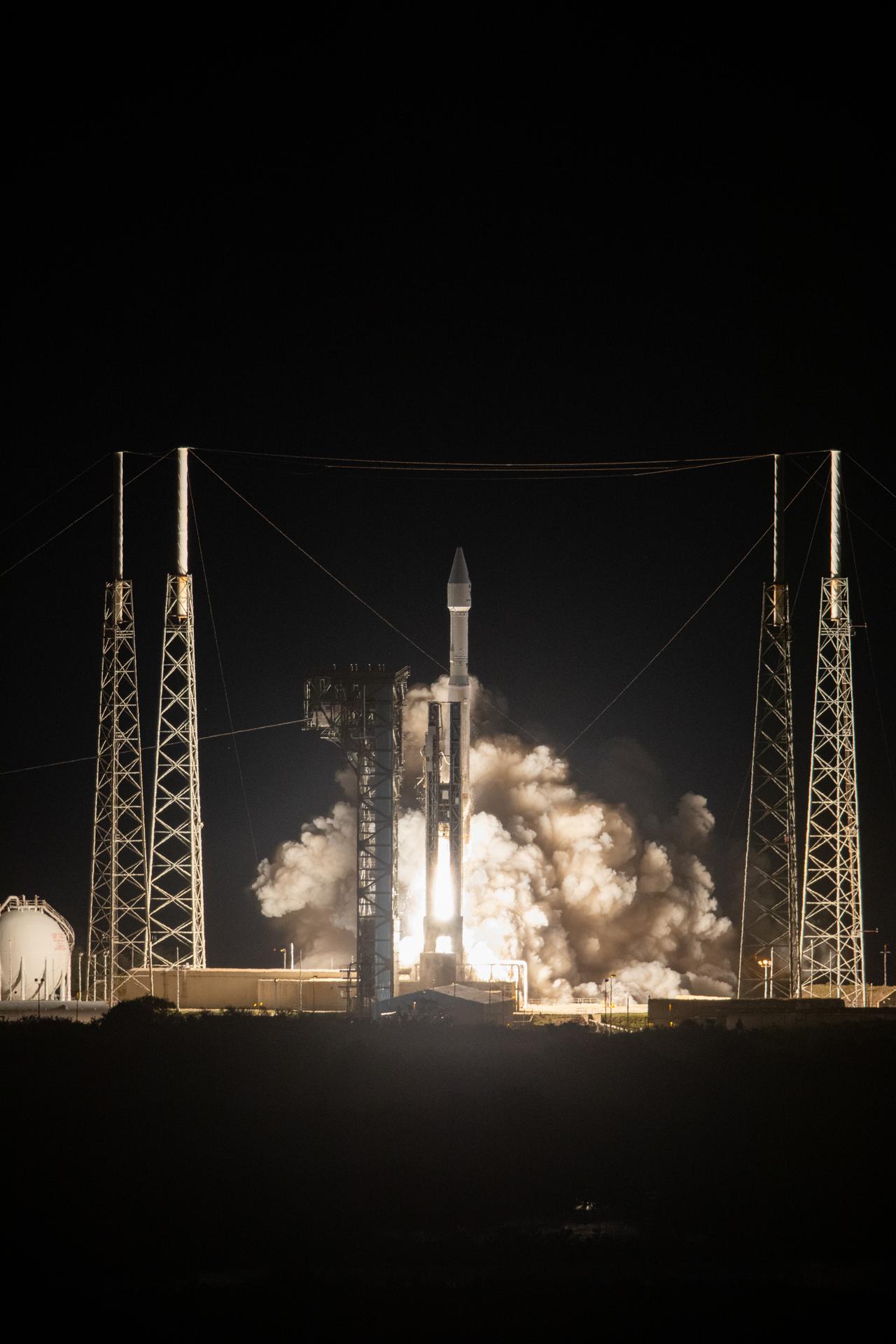By Linda Herridge
NASA’s John F. Kennedy Space Center
NASA Kennedy Space Center Director Bob Cabana updated the workforce Feb. 10, 2020, on the latest achievements at the multi-user spaceport and the center’s role in the agency’s Artemis program that will land the first woman and the next man on the Moon by 2024.
“Everywhere we go, all the exploration, the Artemis Program, everything that we’re talking about doing, going to Mars, it’s here at Kennedy Space Center where we leave planet Earth to make that happen,” Cabana said. “The Kennedy team will do the ground processing to make it happen.”
His update came on the heels of NASA Administrator Jim Bridenstine’s announcement of the president’s Fiscal Year 2021 budget request for the agency during a visit to Stennis Space Center in Mississippi. The more than $25 billion requested would support NASA’s innovative human space exploration program, and represents an increase of 12 percent from last year’s budget. The request includes $8.7 billion for deep space exploration.

“We will soon launch American astronauts on American rockets from American soil to the International Space Station for the first time in nearly a decade,” Bridenstine said. “This recaptured ability will not only allow us to do more science and more exploration than ever before, but will also broaden commercial activity in low-Earth orbit to support ever greater private partnerships.”
“It’s one of the strongest budgets in NASA’s history,” Cabana said. “From a Kennedy point of view, it secures our central role in processing, launch and recovery of spacecraft here at the center. It secures Commercial Crew, keeps us ready for Artemis, and supports the Gateway, a lunar outpost being developed by NASA.”
Cabana said the center also is working in partnership with science and helping with the technologies needed for deep space exploration. “This is a consolidated effort within NASA, and Kennedy is playing a key role in that,” Cabana said.
Kennedy has a busy year ahead supporting its programs and projects: Commercial Crew Program, Launch Services Program, Exploration Ground Systems, Gateway Logistics Element, and Exploration Research and Technology.
For 2020, the launch manifest includes 51 launches from the Launch Complex 39 area at Kennedy and Space Launch Complex 41 at Cape Canaveral Air Force Station. Already this year, Solar Orbiter launched on Feb. 9.
“This is an exciting future and I can’t wait to see this all come to fruition,” Cabana said.
Hardware for the Space Launch System (SLS) arrives this year as the center continues to prepare for launch of Artemis I from Launch Complex 39B. Orion for Artemis I was processed in the Neil Armstrong Operations and Checkout Building high bay and shipped to Glenn Research Center’s Plum Brook Station for acoustic and thermal testing. Orion will soon return to Kennedy where it will go through final closeout preparations in the O&C before starting its ground processing journey of fueling and stacking for launch.
On tap later this year, NASA’s Commercial Crew Program and our partners, Boeing and SpaceX, are targeted to launch astronauts to the space station. Kicking off the year, SpaceX already launched its Crew Dragon on an uncrewed In-Flight Abort test demonstrating the spacecraft can protect astronauts in the event of an emergency during launch.
NASA’s Gateway Logistics Contract will be awarded, boosters for the Space Launch System will begin to arrive in March, and Orion for Artemis I will be officially turned over to Exploration Ground Systems in May.
Meanwhile, launch simulations for Artemis I are being run in Launch Control Center Firing Room 1, led by Charlie Blackwell-Thompson, the first female launch director.
Exploration Ground Systems teams are rehearsing SLS stacking operations using core stage and other pathfinders in the Vehicle Assembly Building to prepare for stacking of the SLS, boosters and Orion spacecraft.
The Launch Services Program will support several more missions, including Mars 2020 in July, and Sentinel-6 Michael Freilich in November. The program also provides advisory services for commercial crew and cargo launches and Gateway Logistics.
Exploration Research and Technology continues to process payloads for shipment to the International Space Station.
Cabana said when it comes to exploration, when it comes to going back to the Moon and on to Mars, when it comes to human spaceflight, there isn’t anything that Kennedy is not involved in to help make it successful.
“Looking ahead it’s all coming together,” Cabana said. “We continue to grow and evolve. We’ve got a great future.”




























